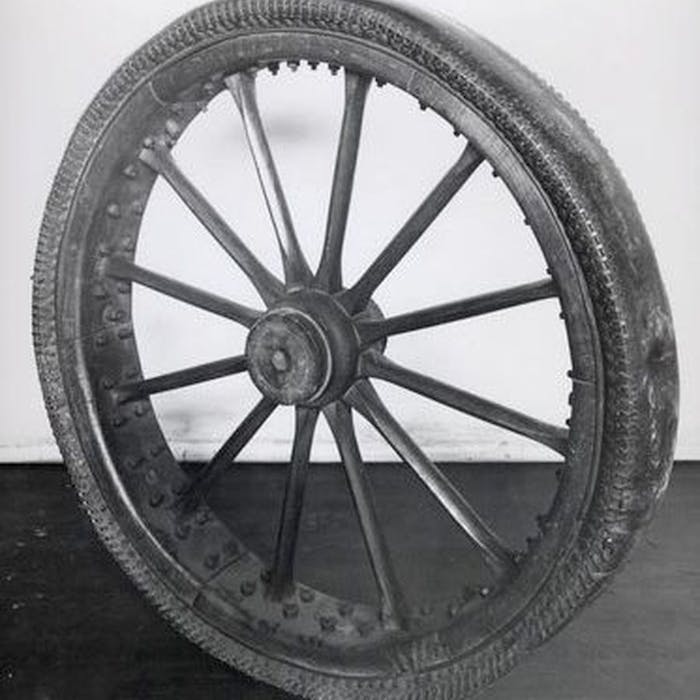
Robert Thomson - the Scotsman who first patented pneumatic tyres
The first patent for what became known as the pneumatic tyre was filed in 1847 by Scottish inventor and engineer Robert William Thomson, who also invented the fountain pen. Thomson produced his 'Aerial Wheels' some 43 years before John Dunlop’s re-invention of the air-filled tyre.
Thomson was born in Stonehaven, on Scotland’s north east coast in 1822, the son of a local woollen mill owner and the eleventh of twelve children. Originally destined for the ministry, he couldn't apparently get to grips with Latin, and followed a different career route. After a spell in South Carolina with his uncle in South Carolina, USA, he returned to Scotland and taught himself chemistry, electricity and astronomy with assistance from a well-educated local weaver.
In 1839 a new process called Vulcanisation added sulphur to rubber to make it pliable but not sticky. Thomson saw a use for this material to improve the efficiency and comfort of horse-drawn carriages.
His tyre consisted of a hollow belt of India-rubber inflated with air so that the wheels presented 'a cushion of air to the ground, rail or track on which they run'. This elastic belt of rubberised canvas was enclosed within a strong outer casing of leather which was bolted to the wheel. Thomson's "Aerial Wheels" were demonstrated in London's Regent's Park in March 1847 and were fitted to several horse-drawn carriages, greatly improving the comfort of travel and reducing noise. One set ran for 1200 miles without sign of deterioration.
The further development of his invention was slowed by the inability to manufacture the necessary strong thin rubber for the inner tubes, so Thomson turned towards developing solid rubber tyres. Some 43 years later another Scot, John Boyd Dunlop, re-invented the original concept as a bicycle tyre, though his patent however was rendered invalid by the one Thomson registered much earlier.
Thomson went on to invent a fountain pen in 1849, before going to work for an engineering firm in Java (1852–62), where he designed a mobile steam crane. Back in Scotland, he developed and put into production a steam road vehicle drawing on his concept of using solid rubber tyres.
Further reading
Links to external websites are not maintained by Bite Sized Britain. They are provided to give users access to additional information. Bite Sized Britain is not responsible for the content of these external websites.
